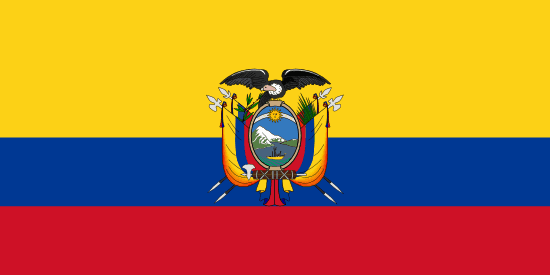"Las Islas Encantadas | The Enchanted Islands"
About:
The Galapagos Islands, located in the Pacific Ocean, were discovered unintentionally by Bishop Tomas de Berlanga in 1535. The islands remained largely ignored until the 19th century when Charles Darwin visited in 1835, leading to his revolutionary theory of evolution. Ecuador claimed the islands in 1832. In the 20th century, the islands saw a growth in tourism and scientific research. In 1959, the Galapagos National Park was established, and in 1978, UNESCO declared the islands a World Heritage Site.
When to visit:
Experience unique wildlife and stunning landscapes
When to avoid:
Avoid visiting during peak tourist season (June to August) for a less crowded experience
"Wet Season (Dec-May)"
In Galapagos, the wettest season is from January to April. The average temperature ranges from 25-30°C (77-86°F). Rainfall is frequent but usually short-lived, with the islands receiving about 2 inches per month. The sun shines for about 6-7 hours a day, but cloud cover is common, creating a humid, tropical climate. An average day for a visitor might start with a morning drizzle, followed by warm, humid afternoons perfect for snorkeling or wildlife watching. Evenings are typically mild with occasional showers.
"Hot Season (December–May)"
In the Galapagos, the warmest part of the year is typically from December through May. This period, known as the wet season, sees average temperatures ranging from 26°C to 30°C (79°F to 86°F). Rainfall is more frequent during this time, but it usually comes in short, heavy bursts, with the monthly average being around 1 inch in December and peaking at about 3 inches in April.
Despite the rain, this season is characterized by plenty of sunlight, with an average of 6-7 hours of sunshine per day. The humidity is high, often reaching 80-90%, which can make the heat feel more intense. Cloudiness varies, but clear or partly cloudy days are common, especially in the earlier months of the season.
For a visitor, a typical day in the Galapagos during the warm season might feel hot and humid, but not unbearably so. The frequent rain showers can bring a refreshing break from the heat. The sun is strong, so sun protection is essential. Despite the humidity, the sea breeze can make the climate feel more comfortable. The warm temperatures also make this an excellent time for snorkeling and swimming.
Language:
In the Galapagos Islands, the most commonly spoken language is Spanish, as the islands are part of Ecuador. This is followed by English, which is widely understood due to the significant tourism industry. Other languages may be spoken by international tourists and researchers.




